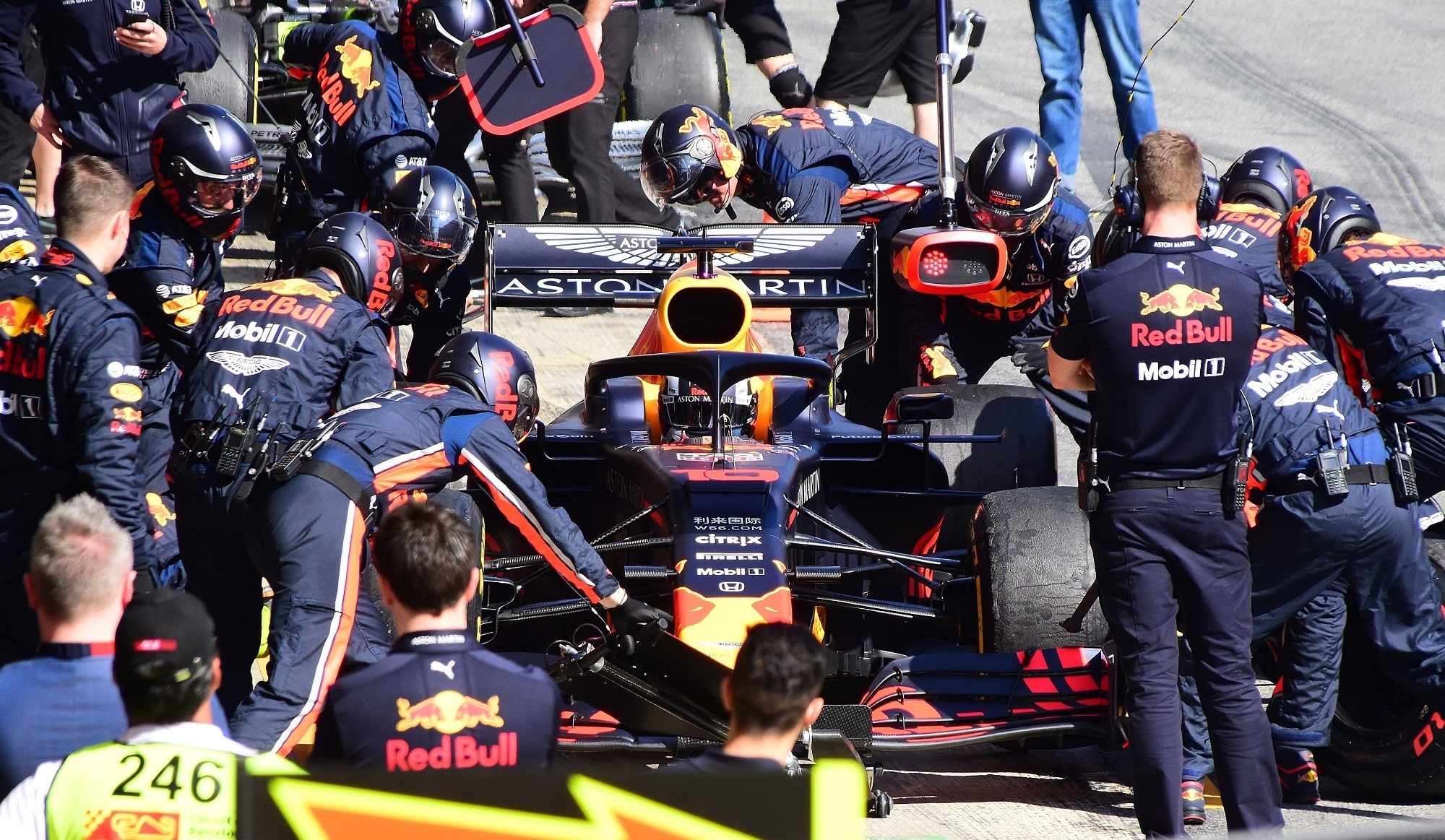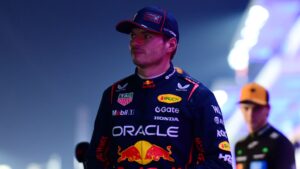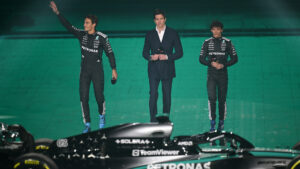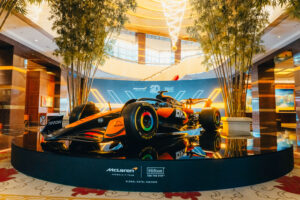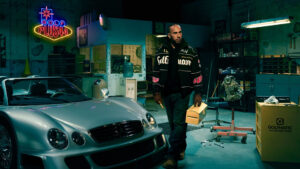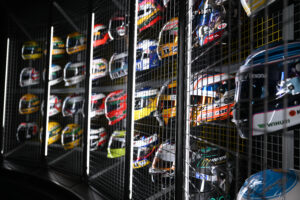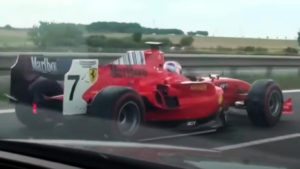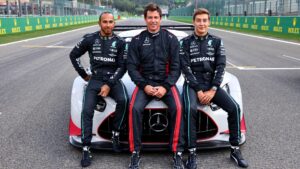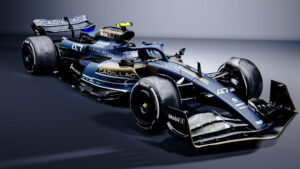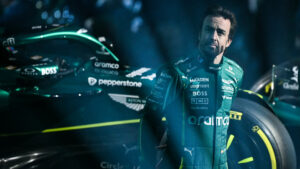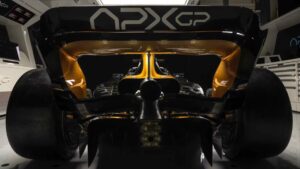The Guinness World Record for the fastest pit stop in Formula 1 is 1.82 seconds. It was claimed by Red Bull Racing during the 2019 Brazilian Grand Prix in São Paulo.
The ten fastest ranking stops for that race were within 0.76 seconds of each other. That’s how brutal this competition is… every millisecond matters.
The dynamics of the pit lane – and the lessons to be learned from Formula 1 pit stop efficiency – can singlehandedly make or break a race.

Efficiency at the most elite level
When you consider how the process depends on the harmonic synchronisation of 20 key players within a very small area of pit lane real estate including tyre changers, jack crew, repairmen, mission control, and of course, the driver, there are few examples on the world stage that demonstrate such exceptional coordination, precision, and teamwork – all under the stress of the clock.
It’s a system that must be fast, dynamic, and consistent. We should all be paying closer attention when the lights go out on a Sunday evening to optimise our performance, in any aspect of our lives, be it work or play.
The science behind pit stop strategy
Every Formula 1 team must design a competitive race strategy, and tyre management (as well as pit stops) is at the heart of it.
You need to get in, and get out, casualty free. Not an easy feat when you’re slowing down to a mandated 80 km/h entry speed, after lapping speeds of up to 330 km/h.
Formula 1 teams practice their choreography thousands of times in a season because pit stops are tailored to each race, for planned (and unplanned) aspects of each Grand Prix circuit. In the upcoming 2021 season, this means devising a different strategy for a record-breaking 23 races.
RELATED: The Most Dramatic Pit Stops In Formula 1 History
You can’t eliminate human error
Although us pitiful humans are the most fallible part of the system, we cannot (yet) be designed out of the equation.
As long as we are still necessary to jack the car, replace the wheels, and clean the rear wing + visors, the focus shifts to how can we get the job done with as few setbacks as possible. Formula 1 pit crews undergo intensive training regimen akin to that of professional athletes.
Crème de la crème
McLaren in particular has a notable history of pit lane mastery. In 2011, McLaren lured Stafford Murray – a top sport performance analyst away from his work with the 2012 UK Olympics team – to optimise their pit lane performance.
Murray, in turn, enlisted taekwondo analyst Des Blackburn, and they diagnosed the crew’s visual gaze patterns. Put simply, they found that the pit crew were looking at the wrong parts of the car at the wrong times.
McLaren trademarked Murray’s findings, “Analysis of Visual Behaviour During a Pit Stop,” until 2015. His key suggestions included “PAINT NUTS ORANGE!!!” Making them hard to miss, and training the crew like elite athletes.
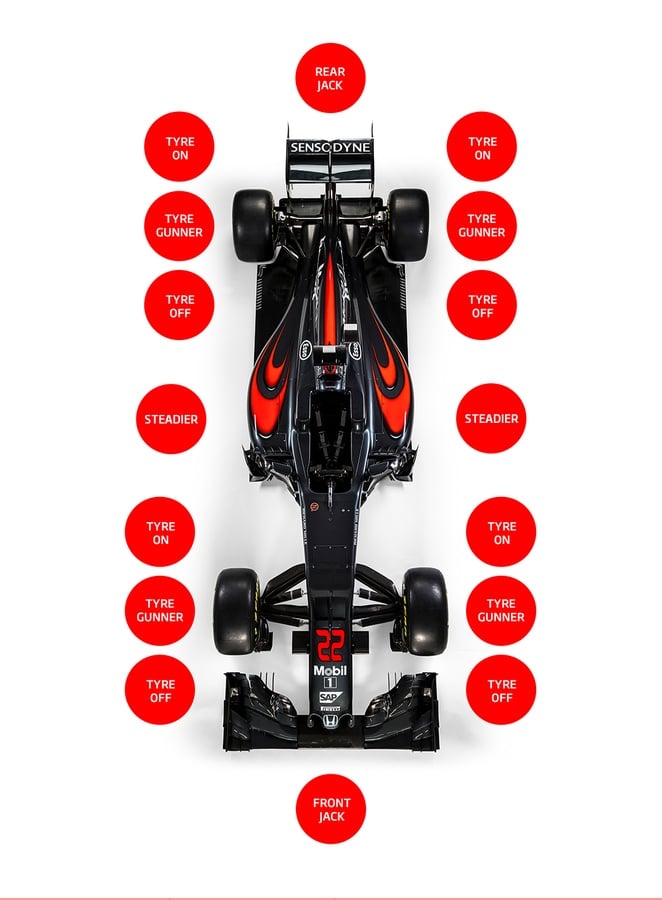

Choreography of the pit lane
The pit crew must work in unison, following the same strict choreography of a professional dance routine. They’re trained how to lunge and twist, and stay out of each other’s way, and like all athletes, they’re taught how to rehearse mentally, hydrate strategically, and employ tactics to combat jet lag.
Murray helped the team achieve what was then the fastest pit stop in history: 2.31 seconds at the German Grand Prix in Hockenheim.
Can the formula be translated into other industries?
Many external industries look to Formula 1 to optimise their own system’s capacity for speed, agility, and precision. A variety of companies have shaved off manufacturing time, and similarly ramped up their performance.
Case Study: Safety Improvements
Ferrari x The Great Ormond Street Hospital for Children (GOSH), England
You didn’t want to go under the knife at GOSH in the mid-1990s. Your odds weren’t good. They had a high mortality rate due to poor handover procedures, from the operating room to the ICU.
GOSH doctors visited Ferrari HQ in Maranello, Italy to observe the pit crew handoff. Upon reviewing a tape of their surgery handover, Ferrari provided the hospital with thoughtful instructions on how to best optimise their procedures.
It included upgrading the anaesthetist to the coordinative role akin to that of the pit stop “lollipop man” who waves the car in.
The result was a significant rise in patient safety and overall decrease in error.

Similar strategies have been implemented in supermarkets and factories following its success.
Case Study: Toothpaste Production
McLaren x GlaxoSmithKline (GSK), England
McLaren has collaborated with pharmaceutical giant GSK since 2011. Their analysis helped GSK minimise the downtime in toothpaste production between manufacturing everything from Sensodyne to AquaFresh.
McLaren recommended a new handover process which reduced the changeover production period from 39 minutes to 15 minutes. The extra 24 minutes freed up the production system to produce an additional 6.7 million tubes of toothpaste per year.

Identifying problems and providing solutions
You need to be making big bank to have McLaren or Ferrari pit stop crew at your disposal. But here are some conclusions you can draw from their expert ability to read, deduce and execute change to any system.
Key lessons in Formula 1 pit stop efficiency
Be open to improvement
You can only instigate improvements once you know exactly what needs to improve. This means confronting head-on everything that you’ve probably been trying very hard to sweep under the rug. If it makes you feel better, Formula 1 pit stops used to take 67 seconds on average in the 1950s.
Everyone has a role
Specialisation is key, even in a small team. Everyone has to know the role they play and what needs to happen under their watch. It helps if the vision is shared between the team, and everyone is excited by the team’s success.
Less is more
Don’t try to adopt everything all at once. Make small, incremental improvements and measure your results with rigorous testing. The simplest systems are the fastest systems.
Trust is key
Race cars weigh approximately 500kg and go from 330 km/h to a complete halt in front of the jackman. Everyone has to trust and respect each other’s contribution because everyone has a critical contribution. A race car driver is nothing without his support crew.
Anticipate in advance
If the pit crew anticipates exactly where the car stops, they can begin planning their procedures in advance. Similarly, if you brainstorm the most likely outcomes, positive or negative, you can better react better ahead of time.
Work hard, play hard
Pit stops are hectic and require complete concentration and precision from each member of the team. So in the hard times, you have to really be on so you can better maximise the times you can be off.
Always have a “lollipop man”
Meritocracy is great, but there has to be at least one guy watching that everyone is playing their part. Make sure there is always one person controlling the traffic light.
